26. August, 2025delish0
The core goal of optimizing the linkage production line layout of the slitting machine and rewinder is to achieve seamless material flow, maximize production efficiency, humanize operation, and facilitate maintenance. An excellent layout can significantly reduce change downtime, reduce material loss, improve product quality and operational safety.
Here are detailed strategies and considerations for optimizing layouts:
1. Core principles
1. Flow Efficiency: Ensure that the path from raw materials (master rolls) to finished products (slitting rolls) is straight or smooth curves to avoid unnecessary turning, lifting, or waiting.
2. Ergonomics: Provide operators with a safe and comfortable working environment, making it easy for them to load and unload, monitor, adjust, and maintain.
3. Flexibility: The layout should be able to accommodate different widths, diameters, and finished rolls of different widths, diameters, and materials, making it easy to quickly change product specifications.
4. Safety: The safety isolation and protection of moving parts of equipment, electrical hazardous areas, and material handling must be fully considered.
5. Maintainability: Leave enough space for maintenance of the equipment to facilitate daily maintenance and troubleshooting.
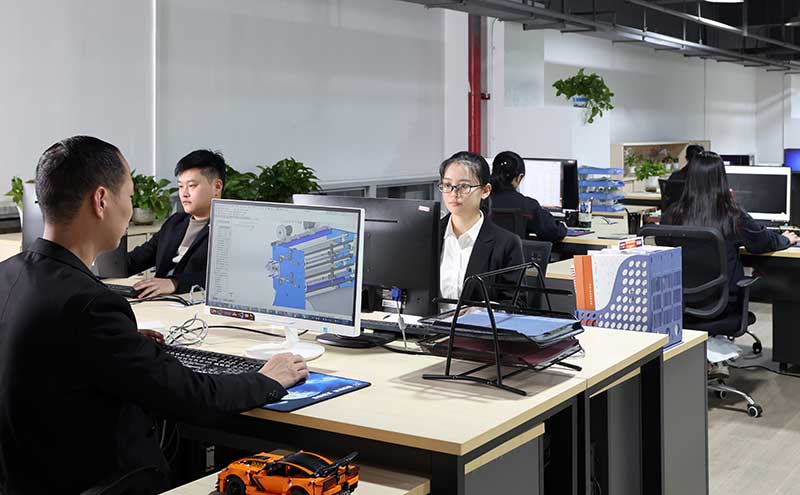
2. Optimization strategy for the layout of key areas
A typical slitting-rewinding linkage line mainly includes the following areas:
1. Unwinding Area
• Layout Points:
◦ Location: The upstream of the production line, usually at a certain distance from the slitting machine, leaving enough space for the operator to lift and prepare the master coil.
◦ Equipment selection: Adopt double-station rotary unwinding frame. When one station is in production, the other station can prepare the next master roll (threading paper, winding) to achieve non-stop reel change, which is the key to improving efficiency.
◦ Space planning: An open space should be reserved next to it to store the master roll to be produced, preferably with a forklift or truck passage. Consider using a hydraulic lift table to assist in winding to reduce the difficulty and danger of lifting.
2. Connection & Towing System (Web Handling & guiding system)
• Layout Points:
◦ Path design: The material path from the unwinder to the slitter should be as short and horizontal as possible. Too many guide rollers can increase tension fluctuations and the risk of scratches.
◦ Auxiliary equipment integration: Reasonable arrangement of deviation correction device (EPC), tension detection roller, static eliminator, pretreatment unit (such as plasma treatment) in this area, etc. These devices should be mounted on a sturdy base and easy to adjust and access by technicians.
◦ Safety protection: All moving guide rollers and belts must be equipped with protective covers.
3. Slitting Zone
• Layout Points:
◦ Central Location: The slitting machine is the heart of the production line, and its location determines the layout of the front and rear areas.
◦ Operating space: There must be sufficient space in the front, back, and on both sides of the slitting machine to facilitate the operator to change blades (round or straight knives), clean up waste, and adjust the position of the tool holder. The width of the passage on both sides should not be less than 1 meter.
◦ Waste disposal: If it is the waste edge generated by blade slitting, the interface of the waste suction system should be designed under or on the side of the slitting machine to directly suck the waste into the dust collector to keep the environment clean and avoid the waste entanglement of the equipment.
4. Rewinding Area
• Layout Points:
◦ Tight docking: The rewinder should be as close as possible to the outlet of the slitting machine to reduce the suspended section of the material after slitting, prevent film, tissue paper and other materials from shaking or fluttering, affecting the rewinding quality.
◦ Winding method: use double-station surface winding or center winder. Similarly, the two-station design allows for the removal of finished rolls and the installation of new paper tubes without downtime.
◦ Unwinding area: Sufficient area should be planned behind the rewinder for unwinding, weighing, labeling, and temporary storage. Consider integrating an automatic unwinding trolley (AWC) and roller conveyor line to automatically transport the finished roll to the next area, greatly reducing labor intensity.
5. Finished Product Handling
• Layout optimization:
◦ Assembly line: After the finished roll is unloaded from the rewinder, it is smoothly transported to the packaging area, inspection area or warehouse through the roller conveyor line, AGV trolley or forklift channel.
◦ Functional partitioning: Clearly divide packaging, inspection, and staging areas to avoid confusion and inefficiencies caused by cross-operation.

3. Three common layout modes and choices
Depending on the shape and space of the workshop, different layout modes can be selected:
1. Linear Layout
◦ Description: Unwinding, slitting, rewinding, and finished product processing are arranged in a straight line.
◦ Advantages: The process is the simplest and clearest, the material flows smoothly, and it is easy to expand.
◦ Disadvantages: The required plant length is the longest.
◦ Suitable for: Rectangular workshops with ample space, the most common and efficient layout.
2. L-Shaped Layout
◦ Description: The line makes a 90-degree turn at a certain point, usually after rewinding.
◦ Advantages: Better use of space, especially suitable for near-square plants. Noisy slitting areas can be separated from the packaging areas of the quieter.
◦ Disadvantages: There is a steering in the material flow, which requires careful design of the guide roller system at the turn.
◦ Suitable for: Shops with limited space or functional partitions.
3. U-Shaped Layout
◦ Description: The unwinding area and the finished product handling area are located on the same side, forming a U-shape.
◦ Advantages: Greatly reduce the material handling distance, which is convenient for the same group of operators to take care of loading and unloading, saving manpower.
◦ Disadvantages: The layout is relatively compact, and the space for equipment maintenance may be limited.
◦ Applicable: workshops with a high degree of automation, the pursuit of lean production, and the streamlining of personnel.
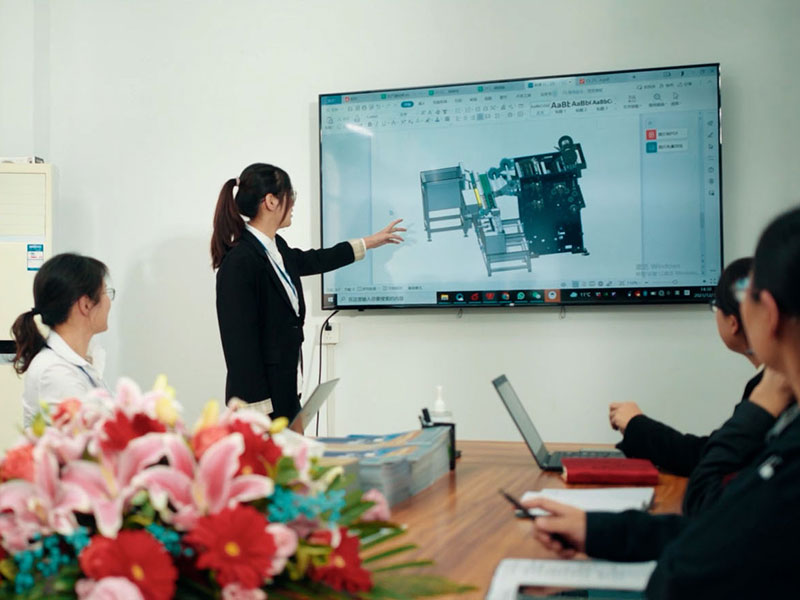
4. Integration of automation and intelligence
Modern optimization of layout is inseparable from automation:
• Automated guided vehicles (AGVs): for the automatic transport of master and finished rolls.
• Automatic winding system: realize fully automatic docking and switching of unwinding and rewinding ends.
• Centralized control system: monitor the tension, speed, correction and other parameters of the whole line in the central control room to achieve one-click operation and recipe management.
• Data acquisition and monitoring system (SCADA/MES): Collects production data (meters, scrap rate, downtime) for analysis and continuous optimization.
Summary: Optimize checklists
As you plan or retrofit your pipeline, check the following questions one by one:
• Is the process continuous? Can it be changed without stopping?
• Is there enough space? Is there enough space for operation, maintenance, and material storage?
• Is the path the shortest? Is the path of the material from unwinding to rewinding as straightforward as possible?
• Is safety in place? Are all danger points protected? Is the emergency stop button within reach?
• Is the logistics smooth? Is it easy to enter and exit the master roll and the finished roll, and will there be cross-interference?
• Will it be scalable in the future? Does the layout allow for the addition of new equipment or technology in the future?
Ultimately, the optimal layout is a comprehensive decision based on your specific products, production goals, plant conditions, and investment budget. It is recommended to communicate with equipment suppliers and experienced line planners before finalizing the plan, or even use 3D modeling software for simulation to achieve the best results.



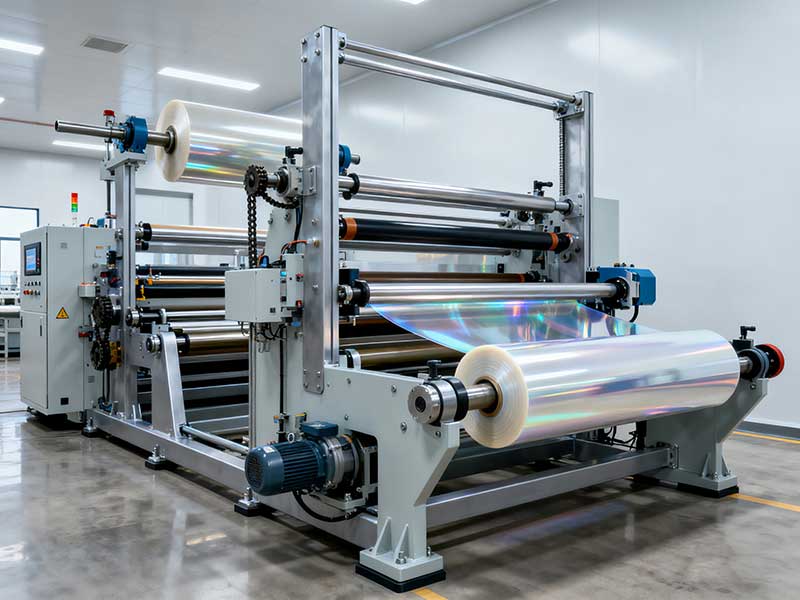
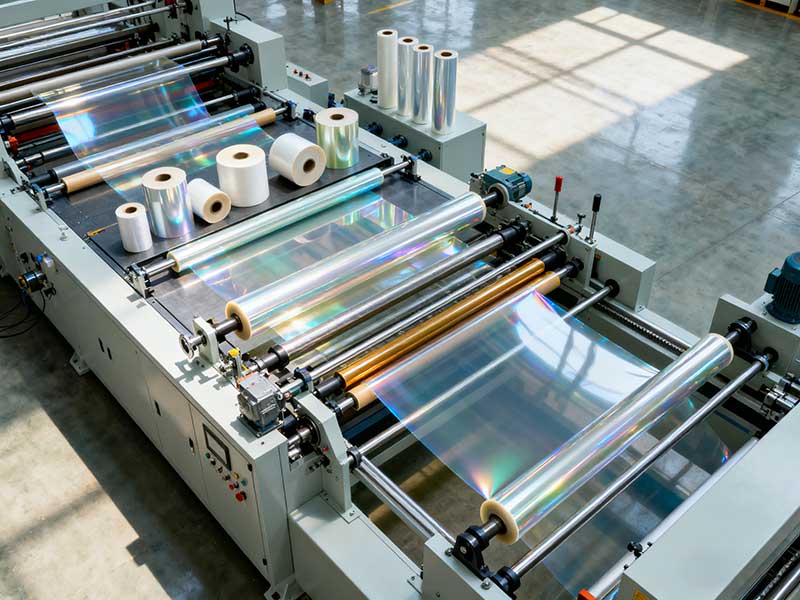
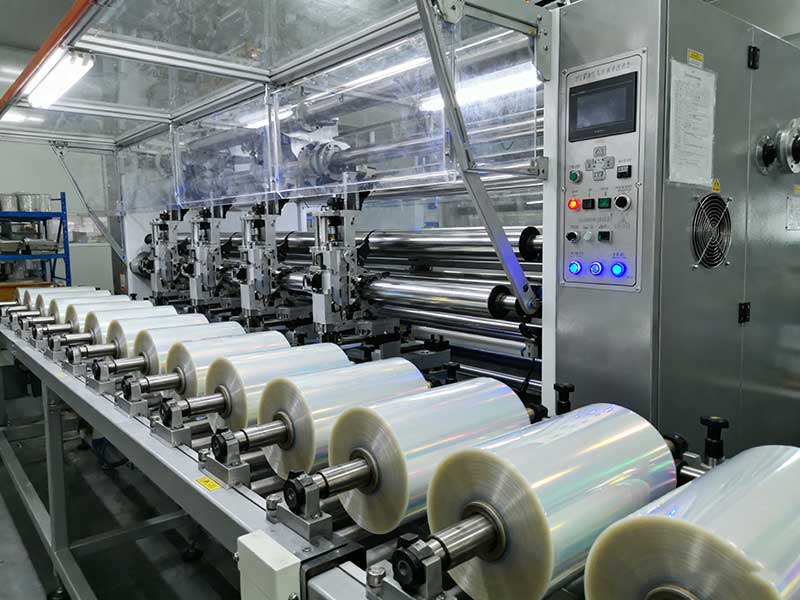
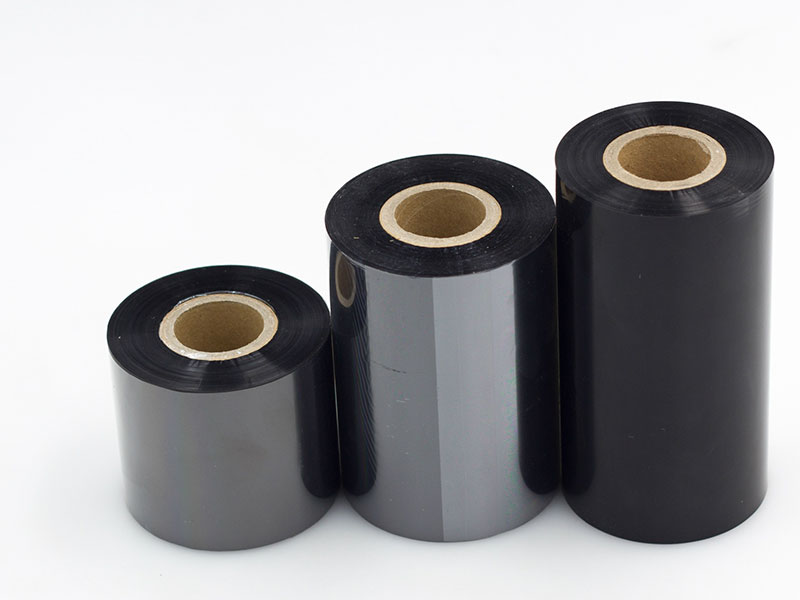
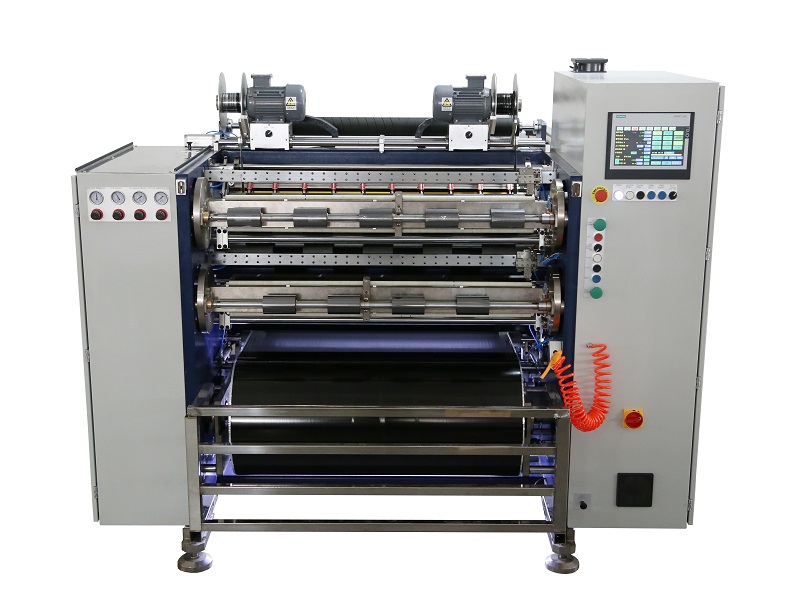 Fully Automatic TTR Slitter RSDS8 Plus
Fully Automatic TTR Slitter RSDS8 Plus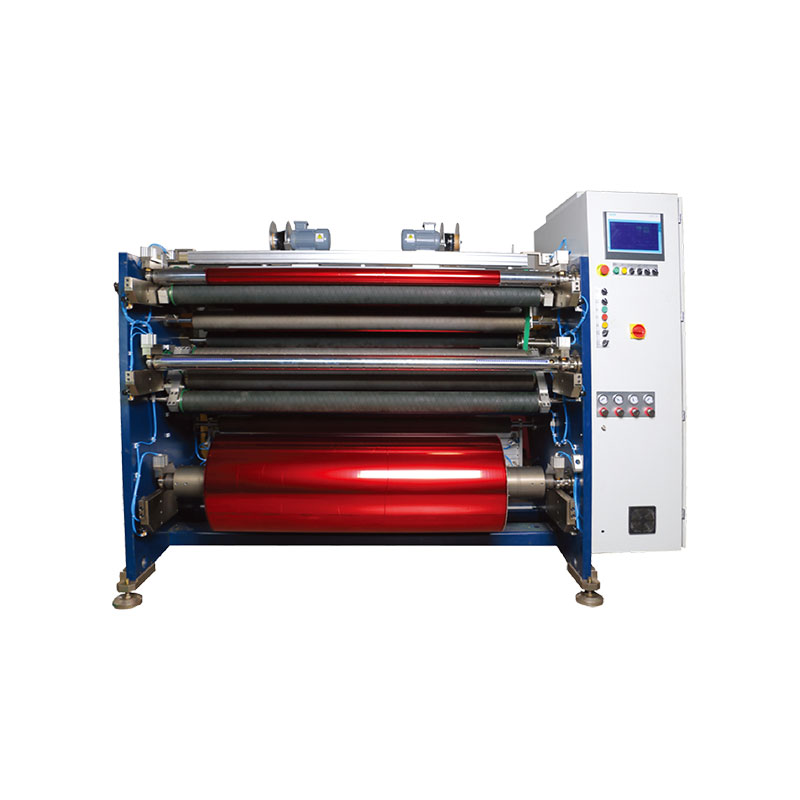 Hot Stamping Foil Slitter 1600mm
Hot Stamping Foil Slitter 1600mm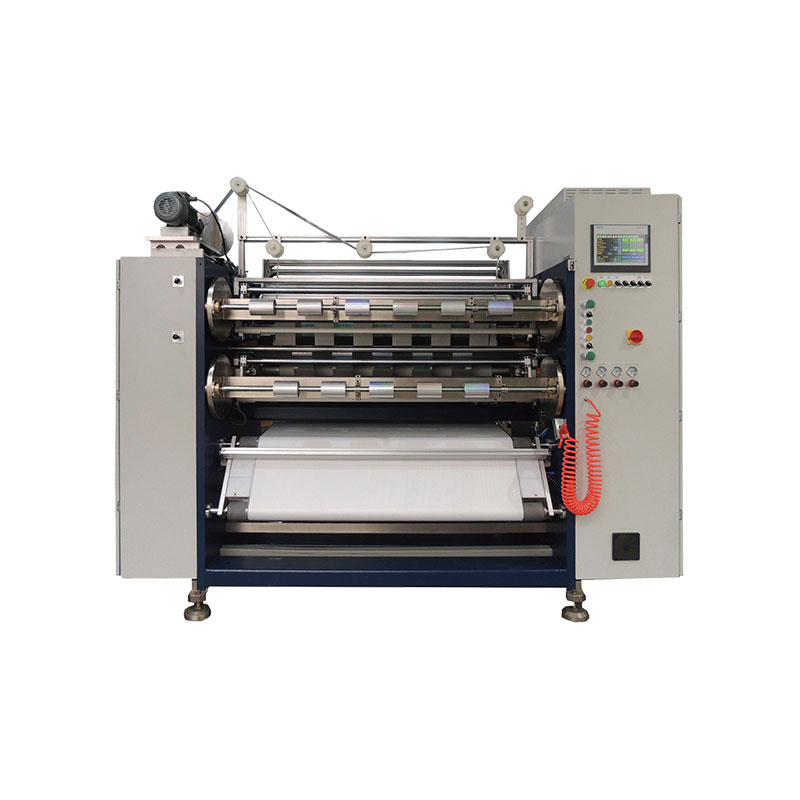 Hot Stamping Foil Slitter (4 Shafts)
Hot Stamping Foil Slitter (4 Shafts)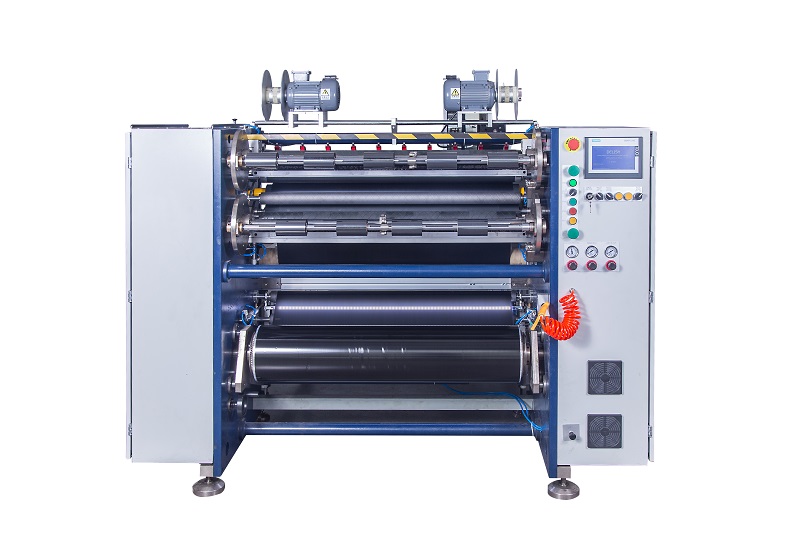 Semi-Auto TTR Slitter RSDS2 Plus
Semi-Auto TTR Slitter RSDS2 Plus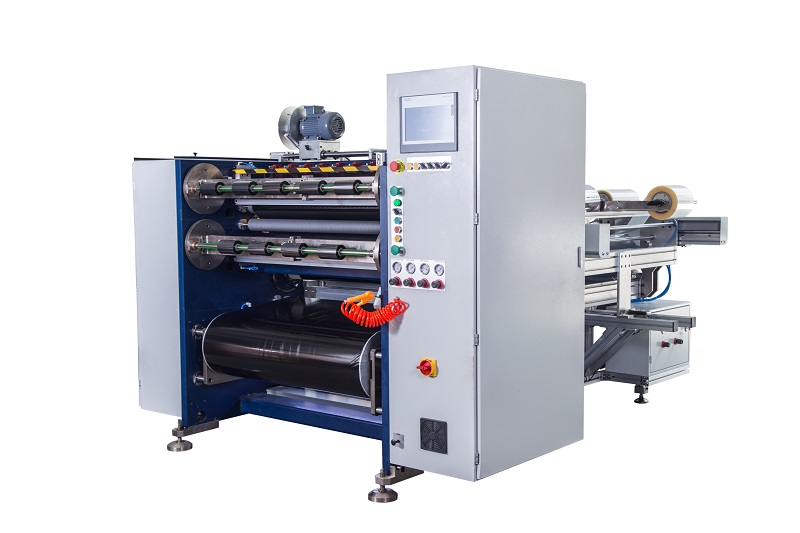 Semi Automatic TTR Slitter RSDS5 Plus
Semi Automatic TTR Slitter RSDS5 Plus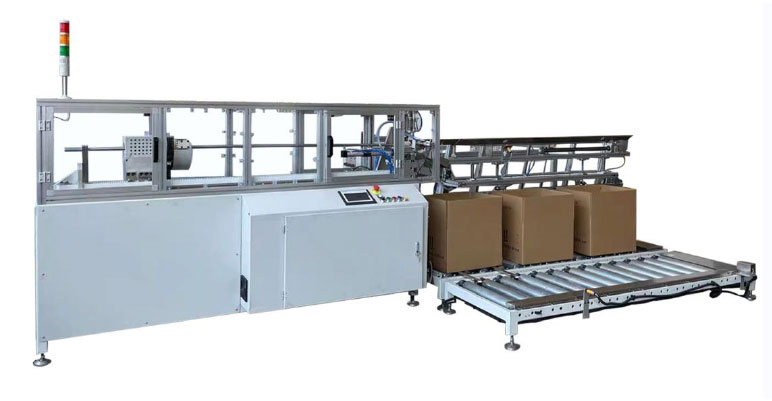 Auto Paper Core Cutter
Auto Paper Core Cutter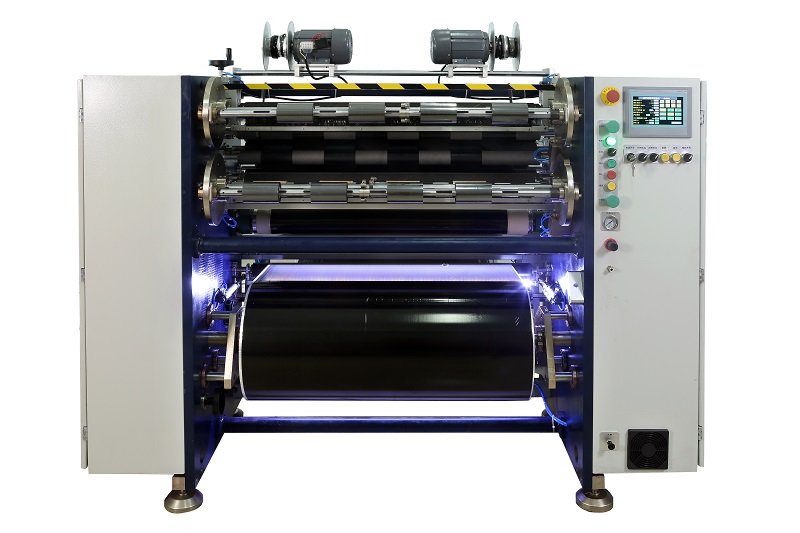 Manual TTR Slitter RSDS2
Manual TTR Slitter RSDS2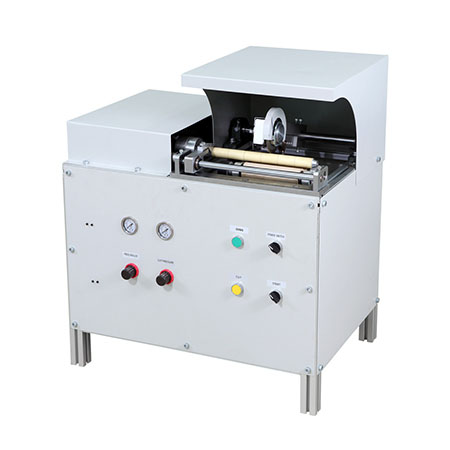 Manual Paper Core Cutter
Manual Paper Core Cutter





